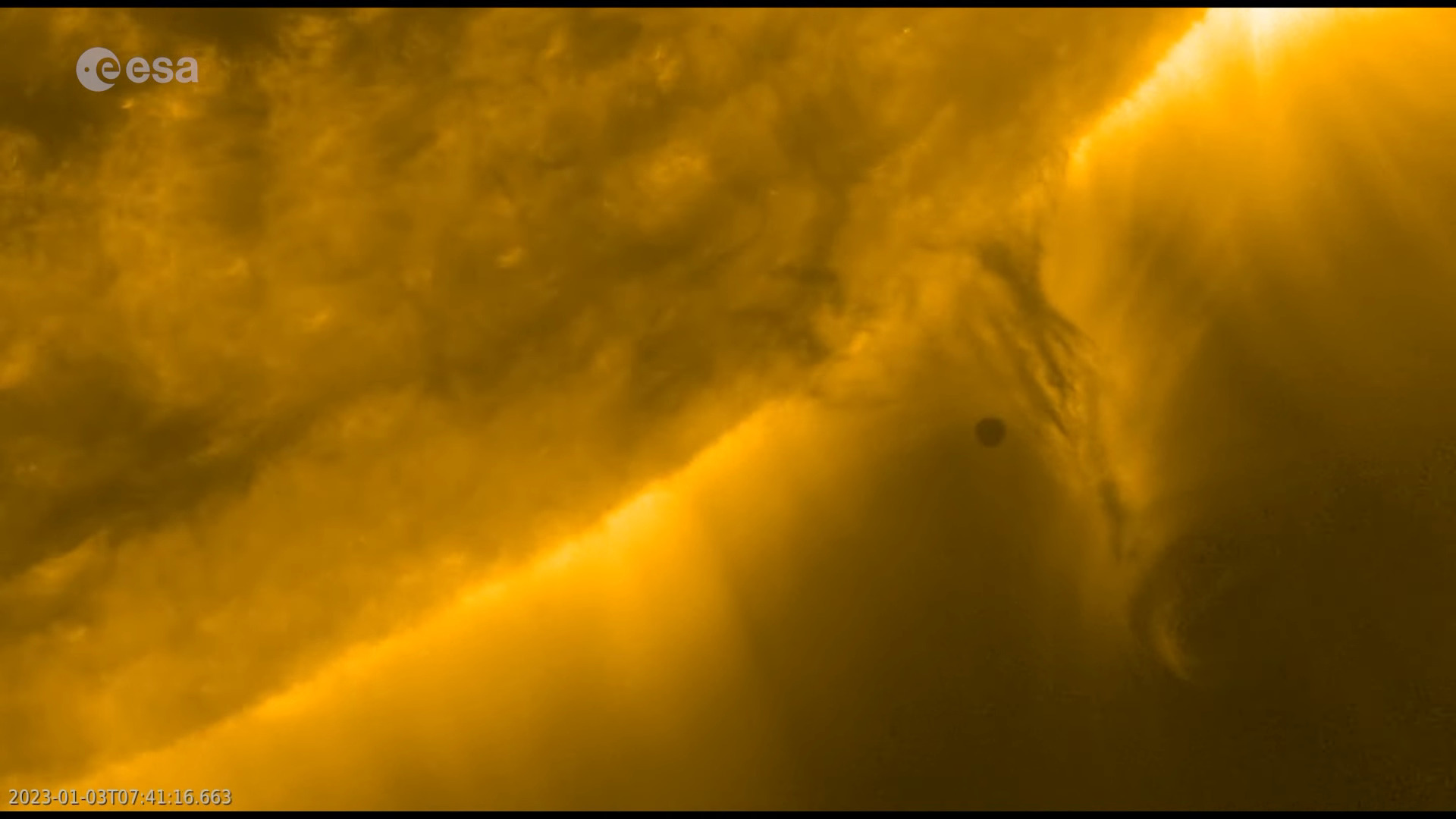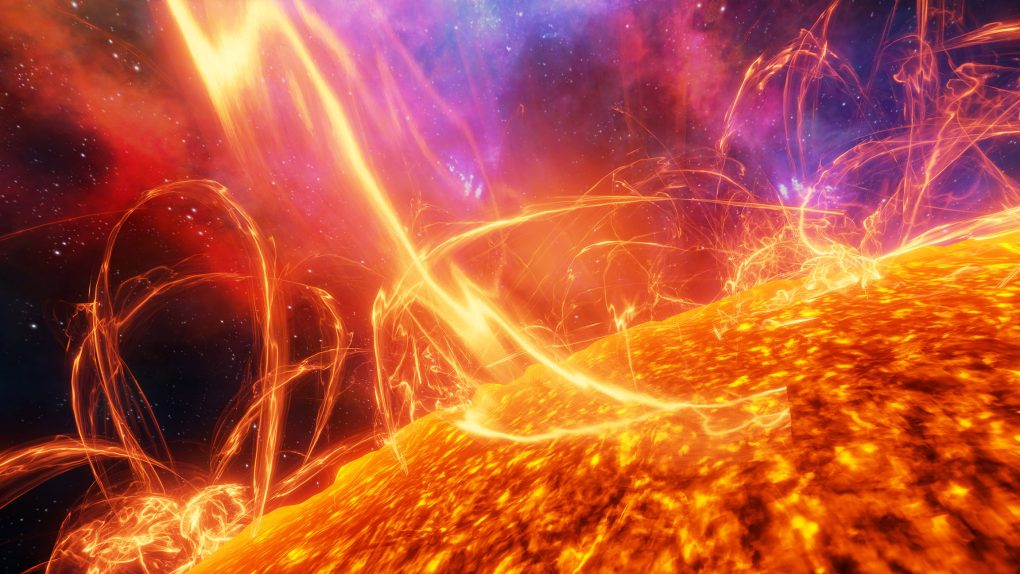Physicists have done the unthinkable and created tiny solar flares within a lab to help us better understand solar flares that emit from our Sun. According to a new study featured in Nature Astronomy, the researchers were able to recreate the energy bursts that pockmark our Sun’s surface.
But why would anyone want to recreate those powerful and radiated energy bursts, you might be asking yourself. The idea is to give us a better way to study how solar flares are generated. The researchers can inspect them more closely by creating tiny solar flares directly in a lab.
“Solar observations detect energetic particles and hard X-rays but cannot reveal the generating mechanism because the particle acceleration happens at a scale smaller than the observation resolution,” the team explained in the paper.

Because the scale is so tiny, it’s impossible to study the details of the physics that make generating such particles and hard X-rays possible. However, using a lab experiment to create tiny flares has given scientists a better way to observe such occurrences.
Considering that the Sun is essentially a boiling ball of energy and plasma, it isn’t surprising that it releases enormous bursts of energy like solar flares, especially during its more active periods. And we often experience the effects of these outbursts here on Earth as electromagnetic storms.
Understanding how these flares are generated could help us better judge when solar flares are building, allowing us to predict solar flares more precisely. Predicting when these outbursts will happen can help us prepare for them more. This is why this new experiment is such a big deal.
The paper details the physicists’ findings while trying to create these much smaller solar flares within the lab. Of course, future studies of our Sun will only unravel this process more. For now, though, what these physicists have uncovered seems consistent with the snapping and reconnecting we already observe.








